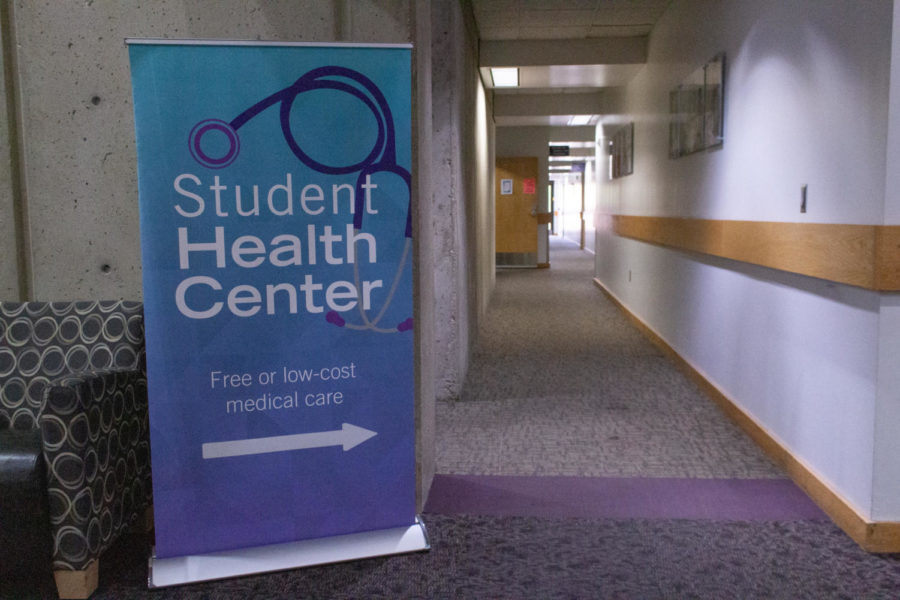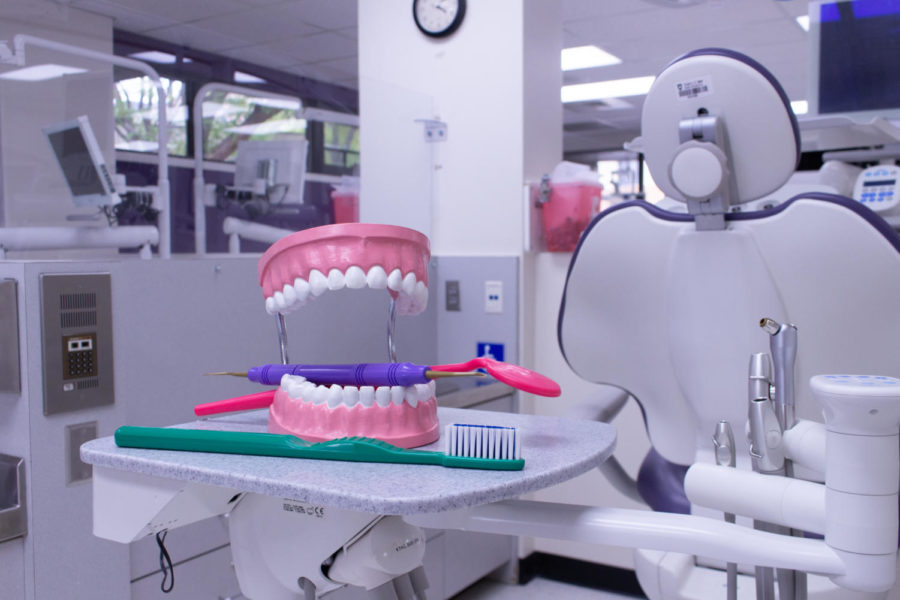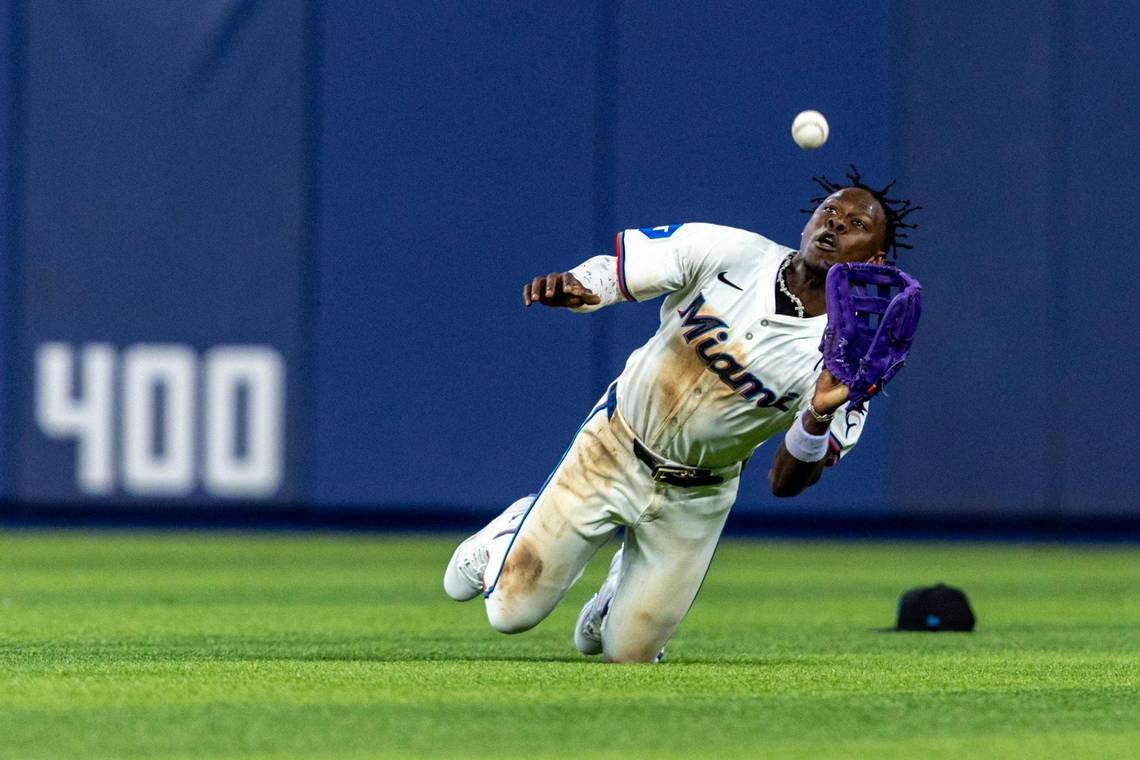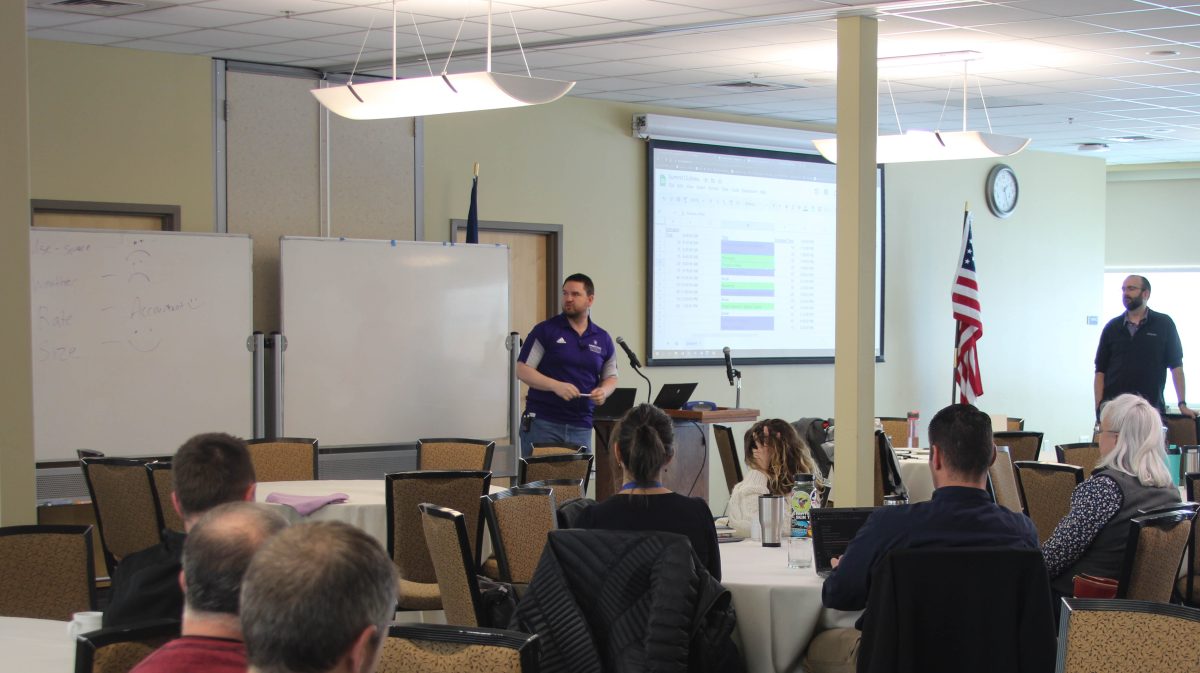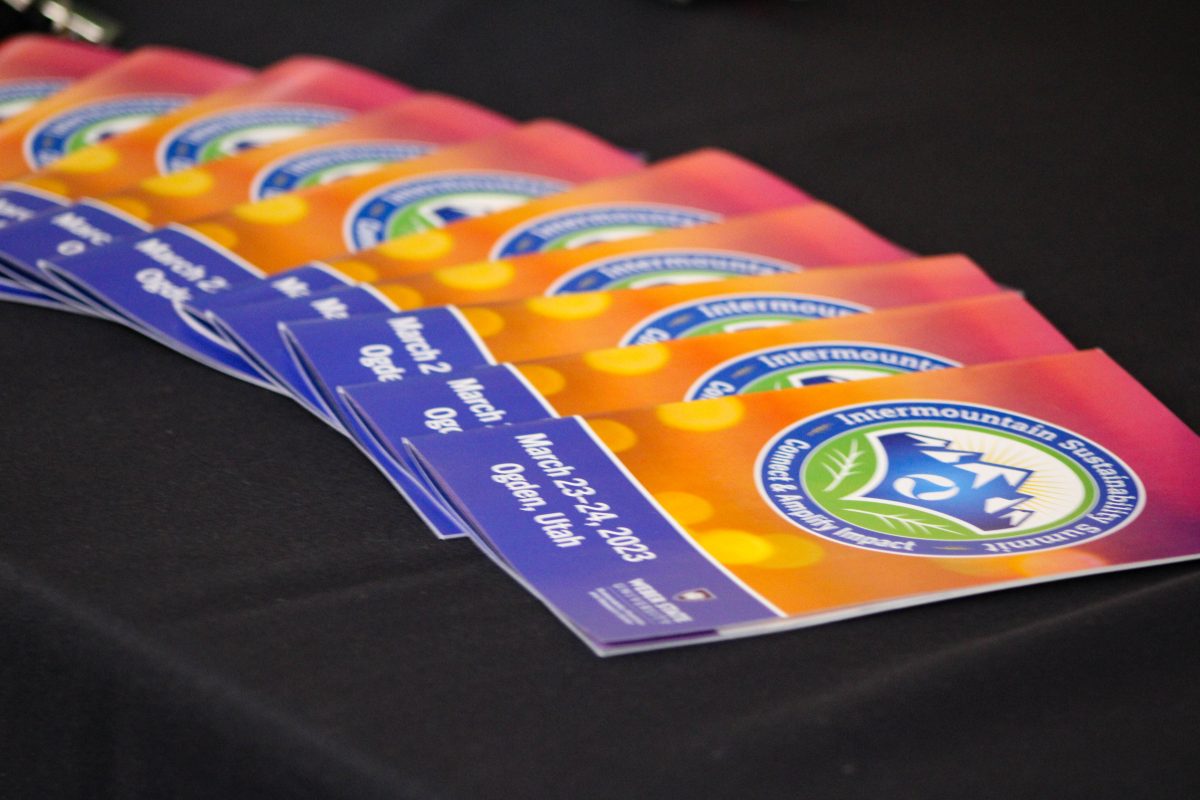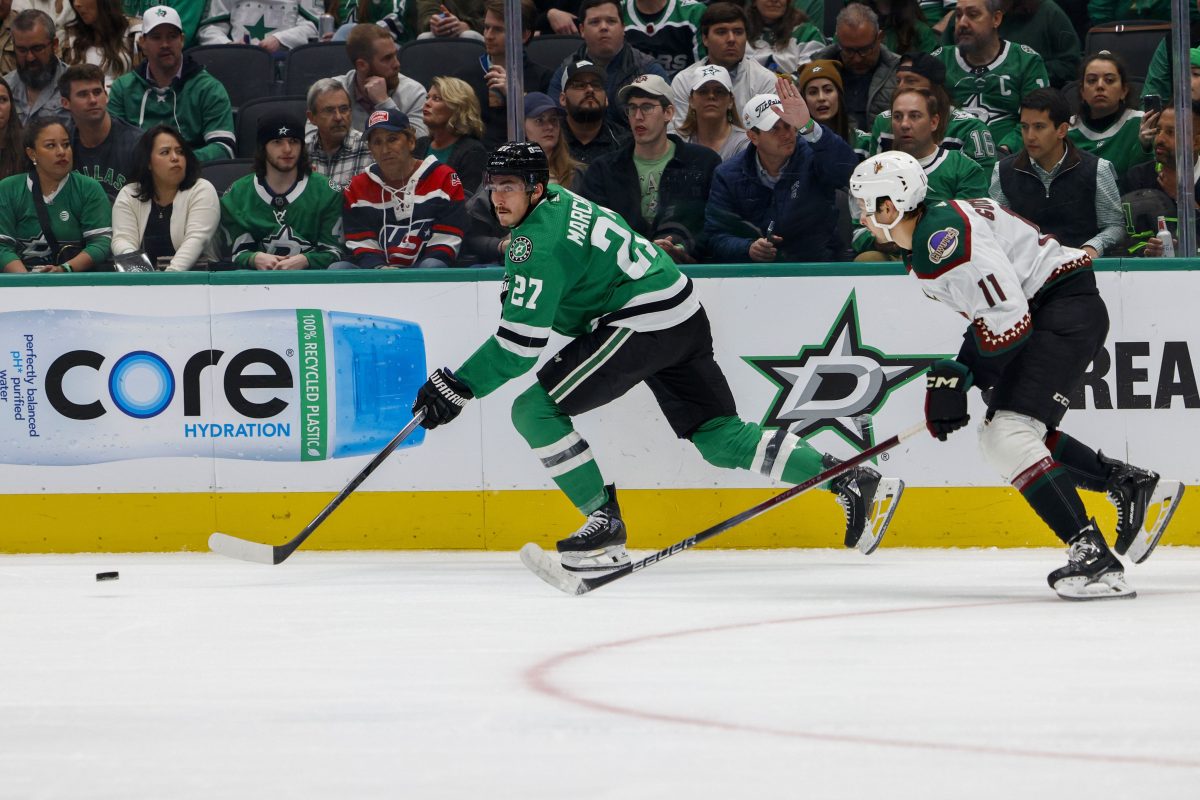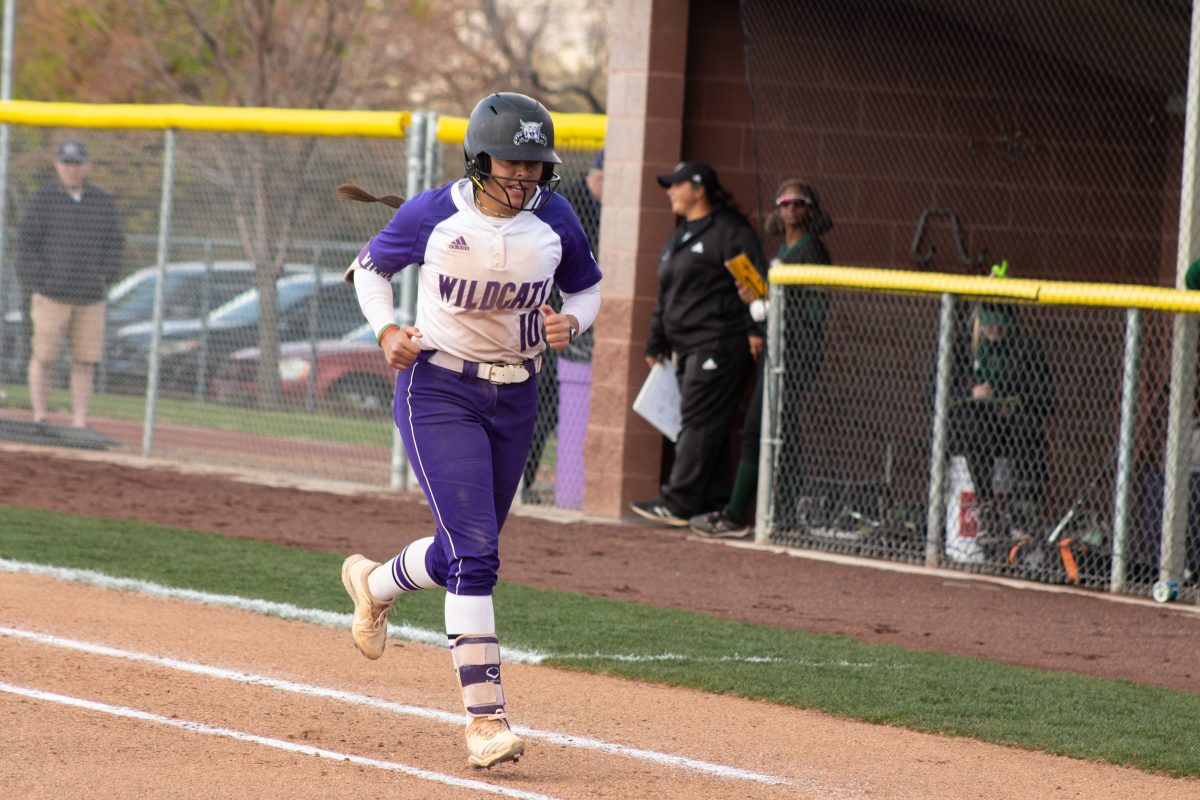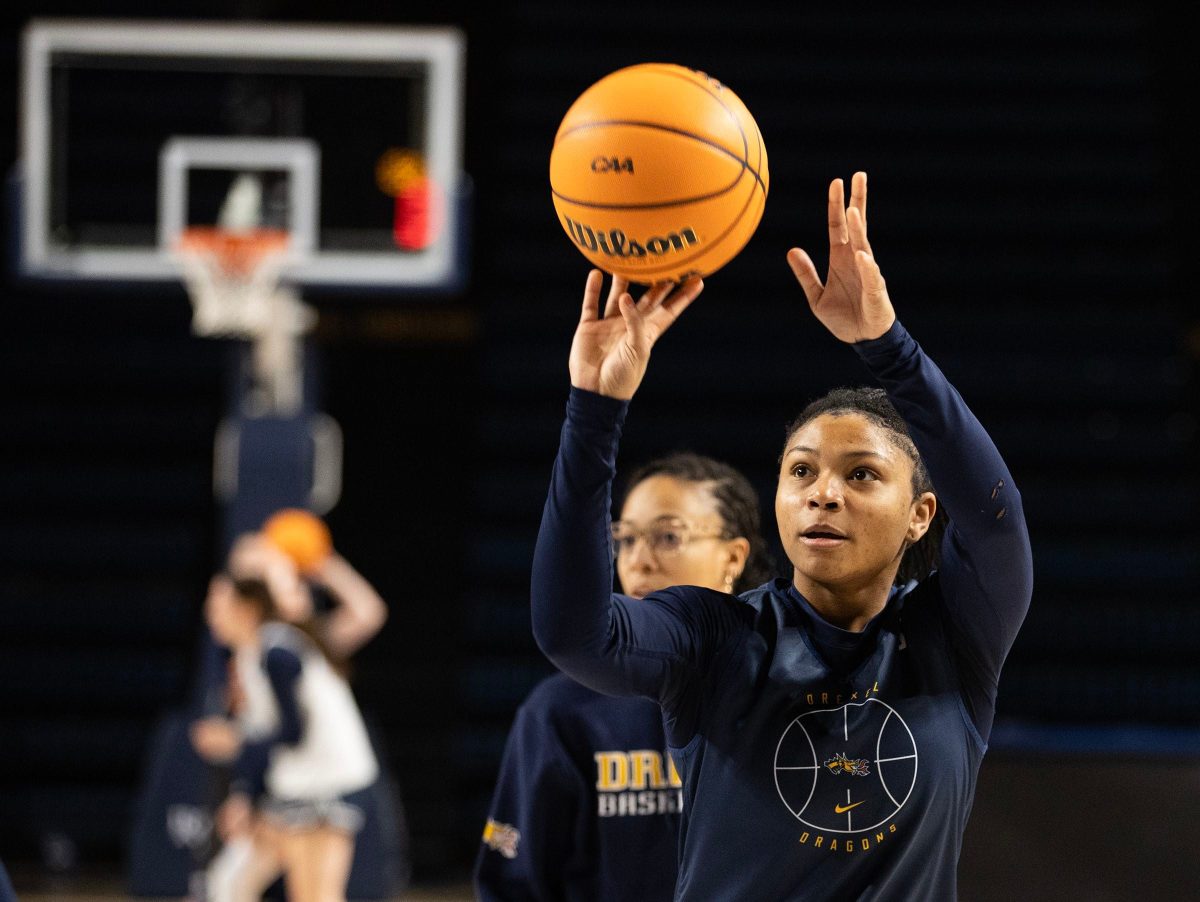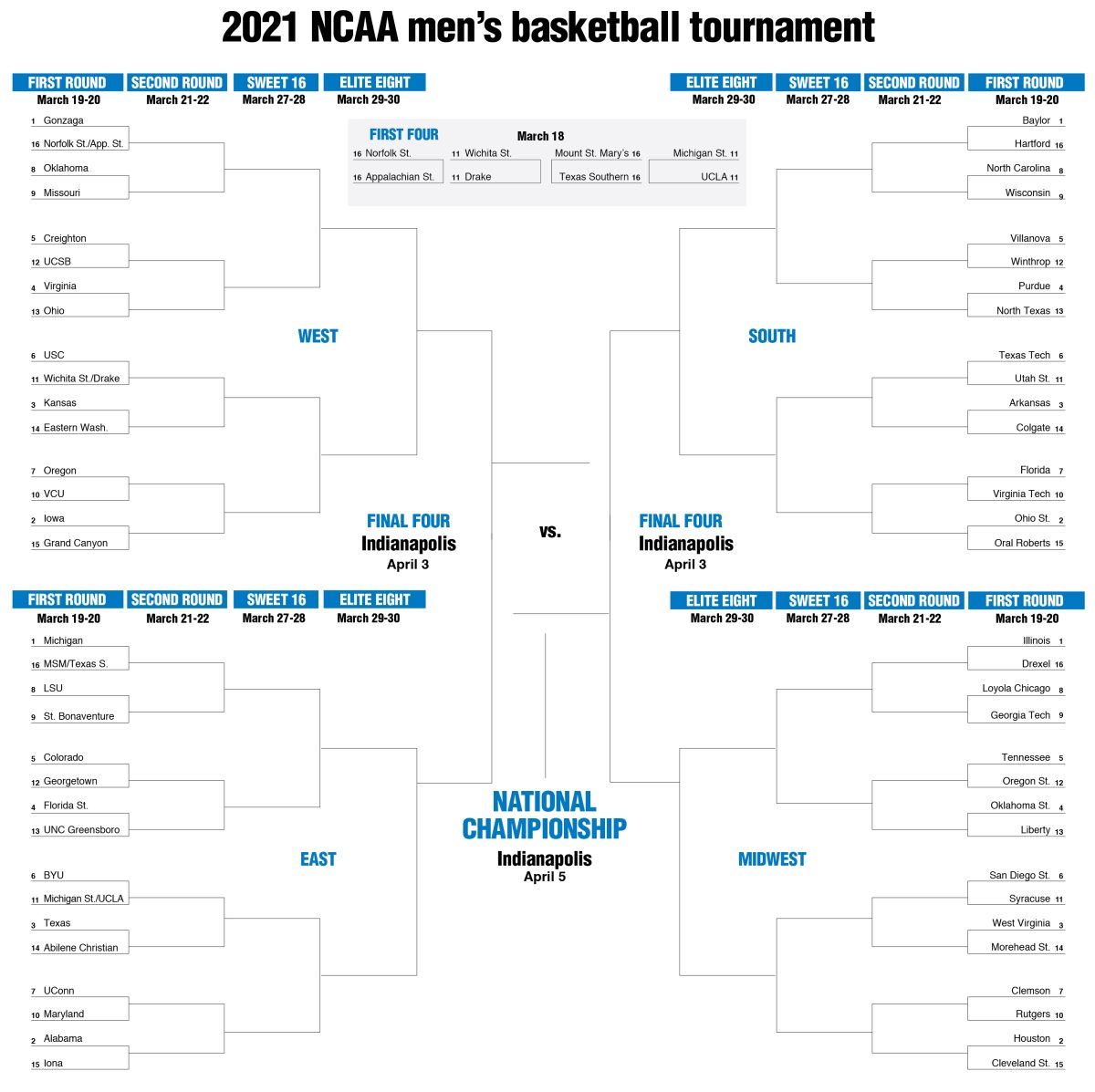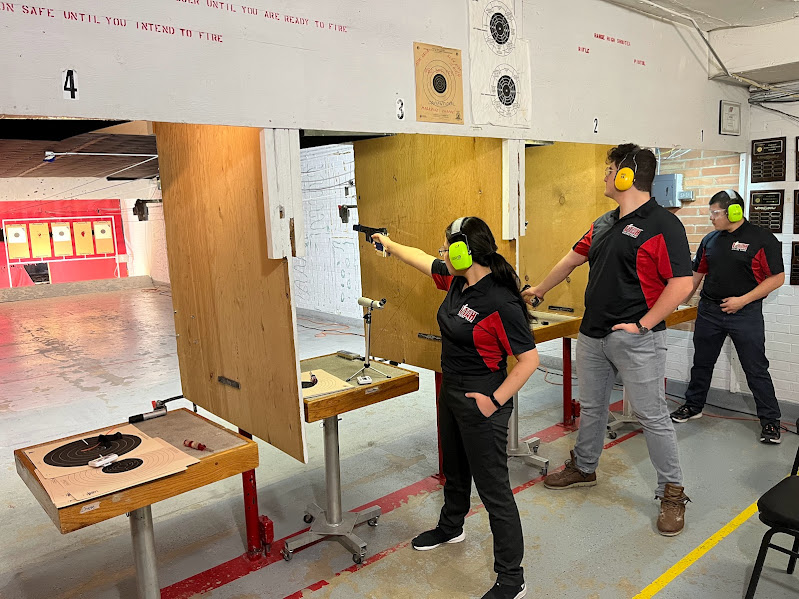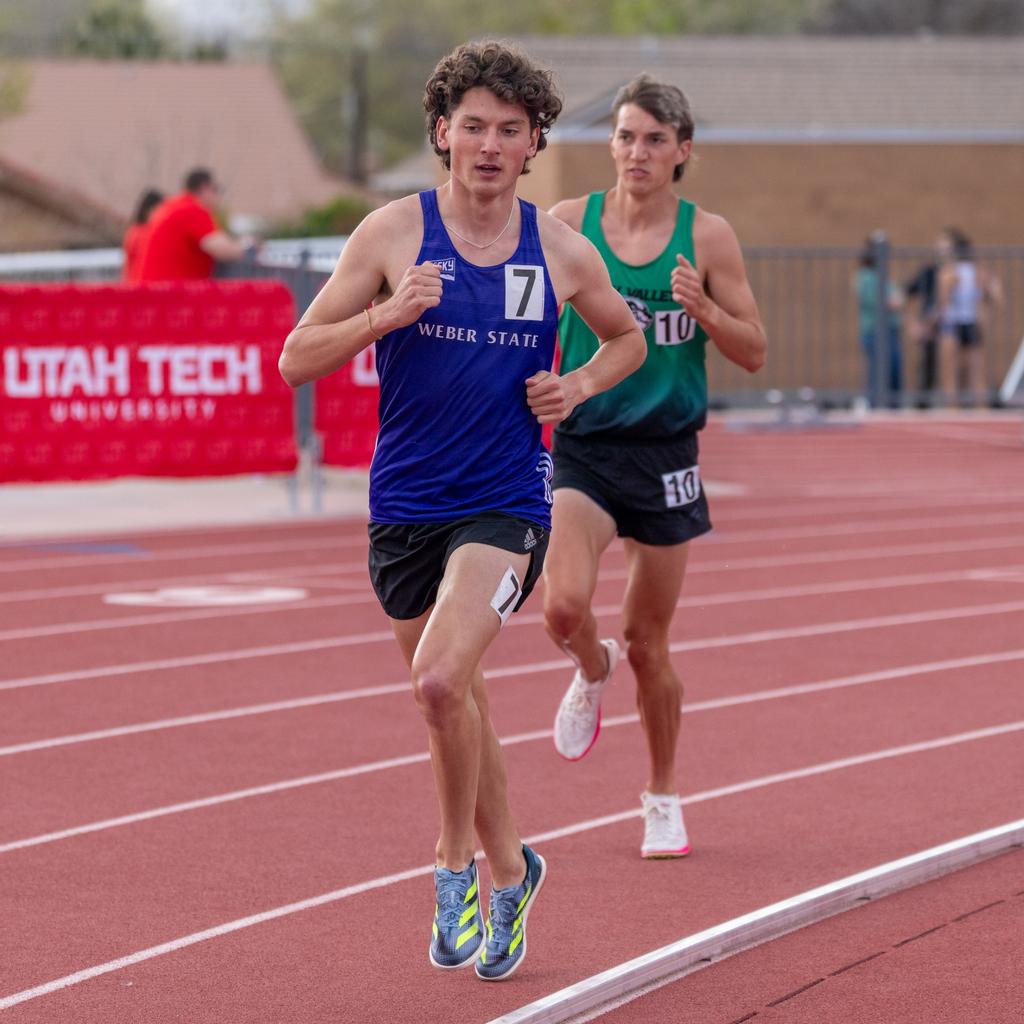Hockey, football, cheerleading, rugby, NASCAR . . . what do these sports all have in common? A high risk for a sometimes severe, sometimes permanent traumatic brain injury known as a concussion. This injury typically results in basic symptoms like nausea or confusion, but the more injury there is to the brain, the higher the chance that there will be more serious consequences, like long- to short-term memory loss, that can have long-lasting effects on a person’s life.
No matter the level of play — whether high school or professional, amateur or club league — some of our most popular sports carry a dangerous risk that many don’t fully understand. Although in recent years there has been a push in sports to educate players, coaches and family members on concussions, it seems like it’s come more to a head (no pun intended) this past year, and sometimes for the wrong reasons.
Without fail, an athlete getting a concussion will grace the front page of the sports section at least once a month, depending on the popularity of the player’s sport. Failing that, there’s been a lot of news recently about how the NFL is dealing with backlash on player concussions, and if not that, then some other sport will take the spotlight in the topic.
NASCAR announced that starting next season, it will require all drivers to undergo baseline concussion testing. That might seem unusual to those who don’t know much about NASCAR, but if you’ve ever been in a car accident, you know how badly you can get whiplash or how easy it is to bang your head against something when momentum is more in control of your body than you are. It’s not unusual for a crash on the track to happen, just as it’s not unusual for a driver to sit out because of a concussion. While we applaud NASCAR for stepping up its game to protect its drivers, many people don’t think about how and when these concussions might happen. When many of us think of concussions, we think of some contact sport like football. We don’t think of NASCAR. Many don’t even think of cheerleading. And that’s the problem.
When concussions do happen, athletes are typically taken out of play for several games to the whole season, depending on doctor recommendations, even if the symptoms don’t seem so bad — we mean, come on, nausea and confusion? We students get that regularly near mid-semester and finals. However, concussions cannot be taken lightly. If players who have suffered one concussion continue playing, they are still at risk for more concussions, and the more they get, the worse the symptoms become. Yet it’s extremely common for athletes to be placed back into play, often before their injuries have truly healed, and often with an incomplete understanding of what they are placing themselves at risk for.
Cheerleading, for example, may not seem like a tough sport, but it’s more intensive than many realize. The risk for concussions is as high as it is for those on the court or field. A cheerleader at one of our local high schools suffered one concussion while cheerleading. Although she stopped playing for as long as her doctor recommended, when she went back out, she suffered another concussion. And the symptoms became worse. In the end, this honor-roll student was forced to drop out of her classes and stay in her darkened room for months while she tried to remember how to do third-grade math and her family’s names.
Sometimes, athletes and their associates don’t recognize concussions for what they are. Sometimes, they ignore the symptoms and keep playing. Concussions are more dangerous than many other common sports injuries, as you can’t really see the physical injury happening to the brain. Many times, you can’t even see the symptoms, or they look so common that we explain them away as something else. Granted, the sports world has become much more serious in education. More sports organizations are pushing for regulations and policies, if only to protect themselves from an NFL-type lawsuit. But for many players and their coaches and families, sometimes in the heat of the moment, the choice between sitting out for games at a time and just ignoring the symptoms to keep playing might be too difficult to make.
Concussion education needs to continue to start early while athletes are still in school and first stepping out into the sports world, and it needs to become more intensive and consistent. Many schools and teams are trying, and so are some professional organizations, but this is a matter where those involved should only try harder. Many kids don’t understand. Those kids then become adults. And the damage can only become worse. We’re not saying kids should be sheltered from playing sports at all, but sports are more dangerous than people realize. As with anything in life, know the risks before you go in.




